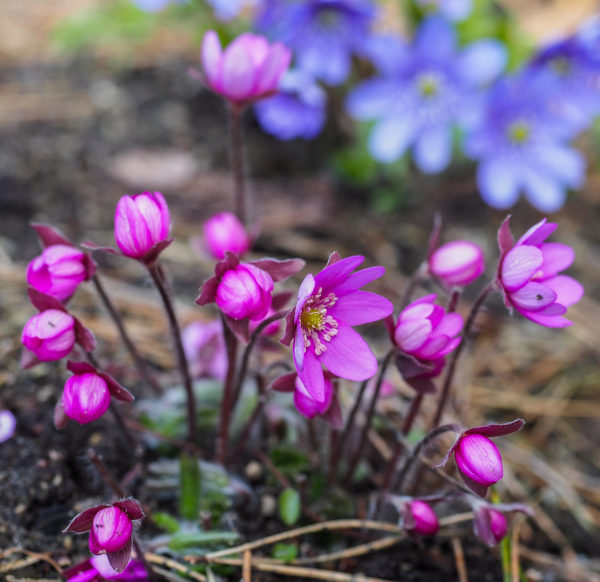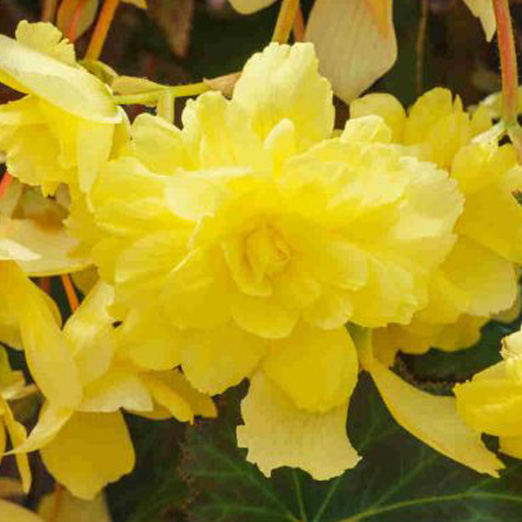How to grow Hepatica
This dainty member of the buttercup family contains around 10 species of spring-flowering, semi-evergreen perennials, all originating from woodland habitats throughout the northern temperate regions. Hepaticas are something of a rarity in UK gardens, due to their being something of a challenge to produce in commercial quantities.
From March to May, hepaticas bring a touch of magic to shady spots with their delicate, solitary, cup to star-shaped flowers in shades of white, pink, blue, or purple, which open before the leaves fully develop. Later on, the foliage is attractive and kidney shaped with silvery marbling, nestled at the base of the plant. Hepatica may be evergreen in mild winters, dropping its leaves when temperatures plummet.
Hepatica is also known by its common name of liverleaf.
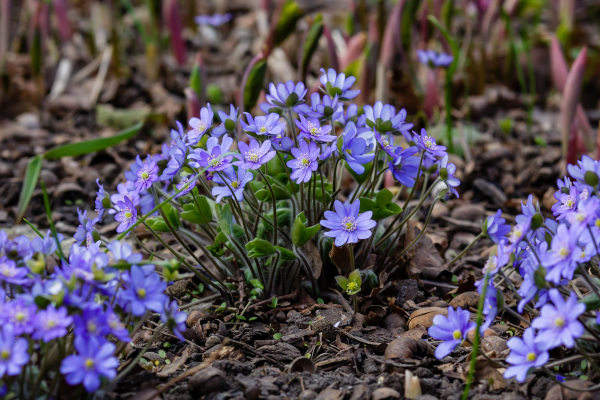
Zantedeschia is a genus of flowering plants from the family Araceae and is native to southern Africa. With a rich history dating back to the Ancient Romans, these deciduous or semi-evergreen perennials have been used as a symbol of celebration. Zantedeschia was Named after Professor Giovanni Zantedeschia, an Italian botanist.
There are two main forms of Zantedeschia: hardy and tender. Hardy forms of the plant can be grown outdoors, enjoy moist soil and full sun or partially shaded conditions - these are known as Arum lilies. Tender forms of Zantedeschia prefer being grown in containers or pots and should be brought inside over the winter - these are known as Calla lilies.
With tuberous flora in all colours from whites, yellows and oranges to deep reds and purples, Zantedeschias are not to be overlooked in any garden, as long as they have sufficient sunlight to grow in.
Ready to learn more about growing Zantedeschia? Read on for all there is to know...

Key Information
Soil pH
Position
Hardiness

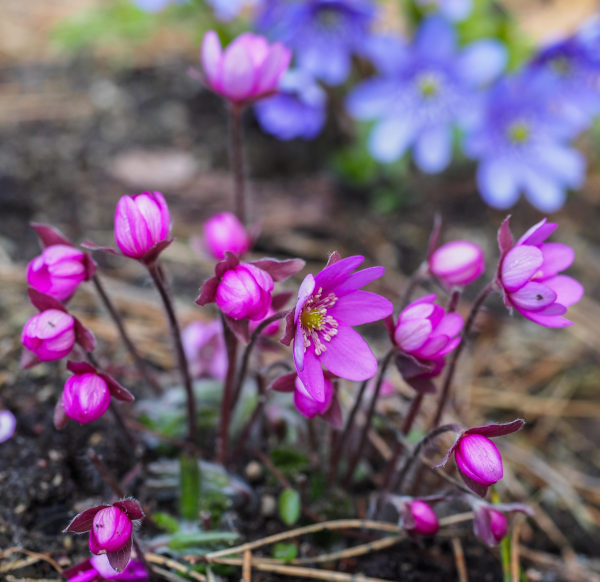
Where & when to plant Hepatica
Position- Partial shade
Soil- Humus rich, moist, well-drained, neutral to alkaline. Hepatica thrives in heavy soils.
Flowering Period- Spring
Hardiness- Hardy
For best results, plant in autumn or spring. An autumn planting can be done by those gardening in mild conditions (and broadly speaking, this is the southern half of the UK). For those liable to cold winters, it is best to wait until spring (generally the northern half of the UK). Planting can also be carried out in summer, though be prepared to water regularly.
Hepatica is ideal for a shady spot in a rock garden or beneath deciduous trees and shrubs. In the wild it often grows near rivers and streams running through woodland. It can also make a pretty container plant. Once planted hepatica dislikes being moved, so take special care when choosing a spot!
How to plant Hepatica
In the ground
- Clear the chosen area of weeds.
- Dig a planting hole several times larger than the root ball, mixing in plenty of well-rotted organic matter.
- Place the plant in the hole, ensuring the top of the root ball sits level with the surface of the soil. Too low and the plant may rot, too high and the roots can dry out.
- Backfill with soil and firm in gently.
- Soak well with water.
- Mulch around the base with well-rotted organic matter.
In a container
- Choose an appropriate container, ensuring there are plenty of drainage holes.
- Use a good quality potting compost with a little horticultural grit mixed in, and, if not already present in the compost (check the description on the bag) some slow-release plant food.
- Start by partially filling the pot with compost; enough so that when placed on it the upper surface of the root ball is about 3cm lower than the top of the pot.
- Infill all the space surrounding the root ball with compost, firming down with your fingers then adding a little more so the plant is held tight.
- Pick up the pot and lightly tap on the potting bench or ground a few times to help further settle the compost around the plant.
- Soak well with water.
- A mulch with horticultural grit will look attractive and help to prevent a ‘cap’ or crust forming on the top of the compost (something container plants can suffer due to the artificial nature of their watering).
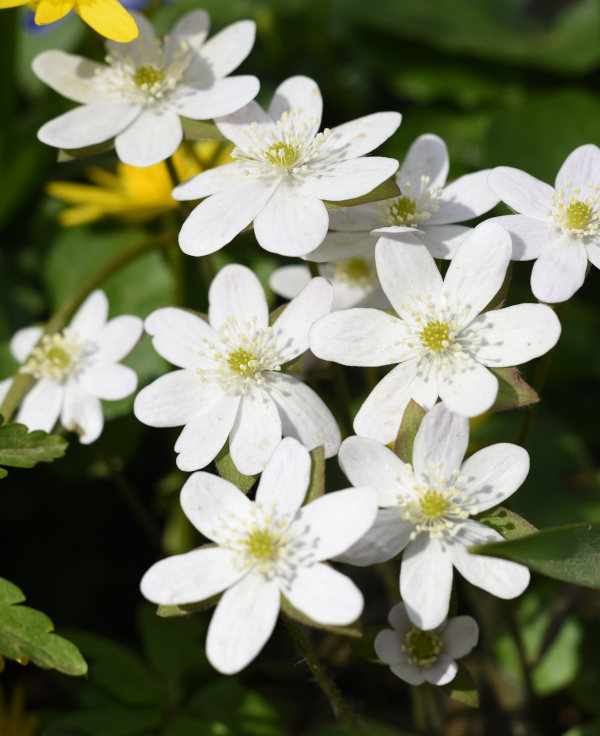
What to plant with Hepatica
For a season-defying feast of jewel-like colour in spring, combine hepatica with other delicate delights such as Crocus vernus, Cyclamen coum, hellebores, snowdrops, and close cousin Anemone blanda.

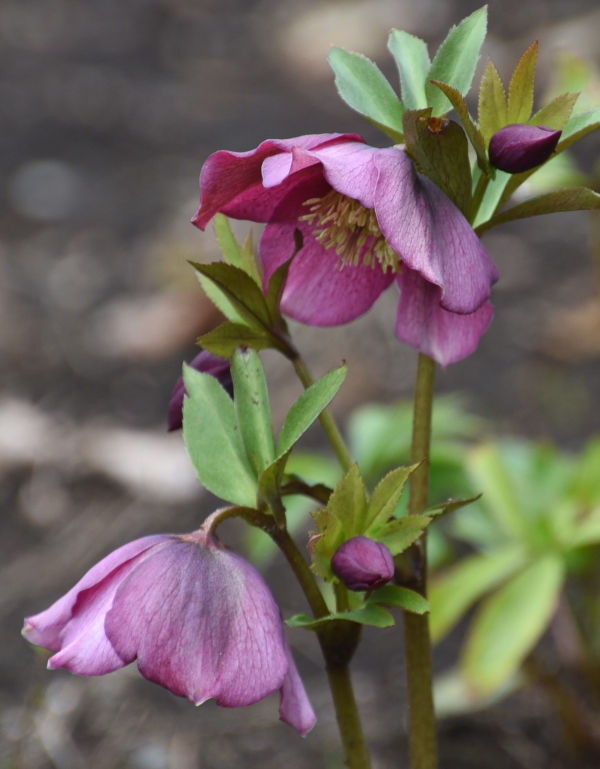
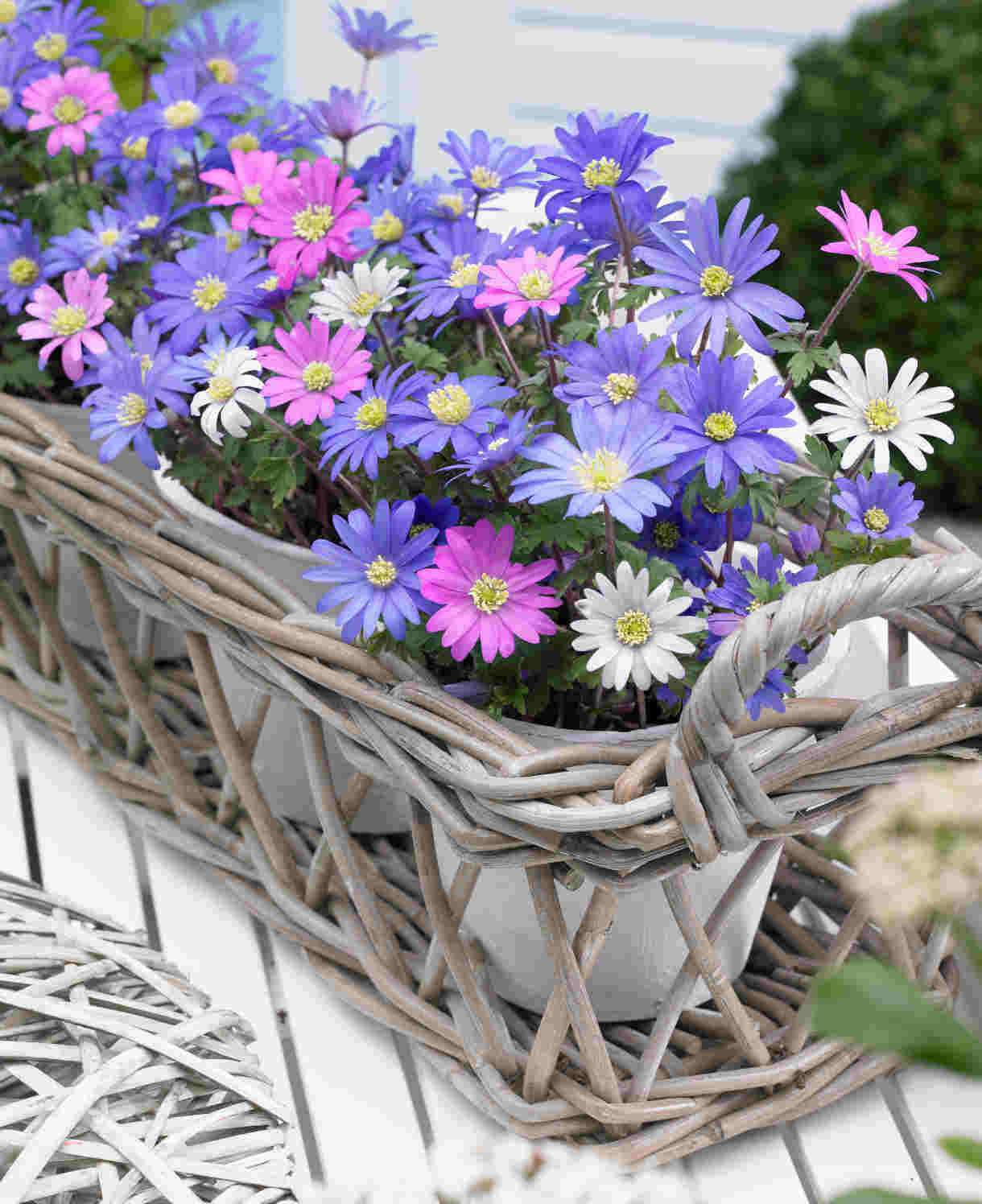
How to care for Hepatica
Pruning and Deadheading
No pruning required.
Watering
Hepatica enjoys consistently moist conditions, so keep well-watered until established, and then in very dry periods thereafter.
Container-grown hepatica will require regular watering throughout the growing season.
An annual mulch with leaf mould or garden compost in autumn or spring after flowering will help lock moisture in, as well as provide welcome nutrients.
Cold Protection
Hepatica is fully hardy and should overwinter easily in the UK without the need for added protection.
Pests and Diseases
Hepatica tends to be largely pest and disease free, though you may find slugs and snails develop a taste for its leaves, particularly when newly planted. Encouraging natural predators into your garden, such as birds, frogs, toads, and hedgehogs, will make a big difference. Torchlight searches after dark (when slugs and snails are at their most active) are also effective, allowing you to collect the offending molluscs in a bucket. Place on the compost heap, or in a part of the garden containing less vulnerable plants.
Like most plants, once hepatica is well established it tends to be better able to tolerate the actions of slugs and snails without the need for intervention.
How to propagate Hepatica
Given the right conditions, hepatica will gently naturalise by self-seeding through the area around it. If you wish to have new plants for elsewhere, divide existing clumps in autumn or spring. It is worth noting hepatica is both fairly slow-growing and resents root disturbance, so divisions will take time to establish.
- Choose a day when the soil is not frozen or waterlogged.
- Dig the plant out of the ground.
- Shake off any excess soil.
- Gently tease the plant apart into individual crowns, each with roots attached.
- Pot up into rich, well-draining compost and grow on until they are large and robust enough to be planted out.
- Keep well-watered and in partial shade.
Common Hepatica questions
Is hepatica invasive?
No, this is a gentle and well-behaved plant.
Is hepatica poisonous?
In large doses, yes. However, it was once used as a medicinal plant, thought to benefit liver disorders (hence the common name, liverleaf).
